Menus
- First test with the retro bike
- Video of the driving report of the Kawasaki Z 900 RS:
- First gear translated shorter
- Trust in tires and chassis
- Successful coordination of ABS
- Up to 2,900 euros more expensive than the Z 900
- Technical data Kawasaki Z 900 RS
- Used Kawasaki Z900RS in Germany
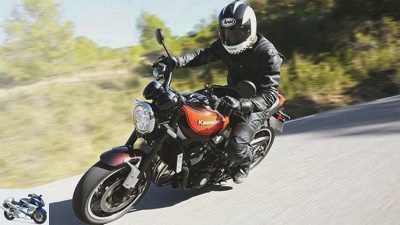
Kawasaki
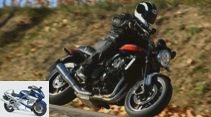
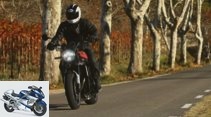
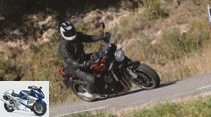
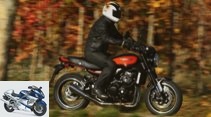
35 photos
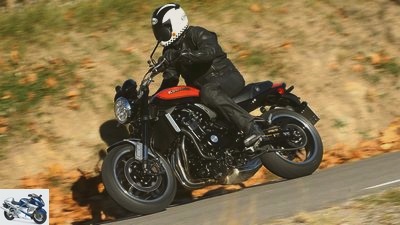
Kawasaki
1/35
Kawasaki Z 900 RS.
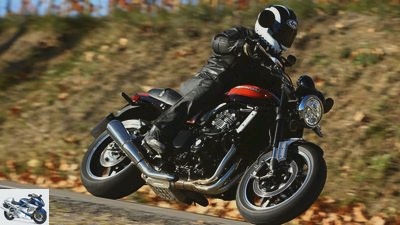
Kawasaki
2/35
Kawasaki Z 900 RS.
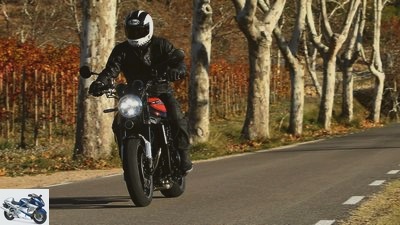
Kawasaki
3/35
Kawasaki Z 900 RS.
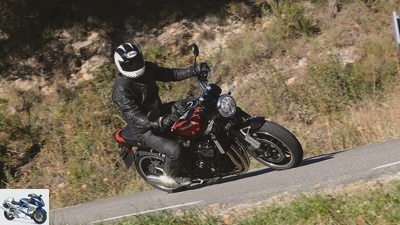
Kawasaki
4/35
Kawasaki Z 900 RS.
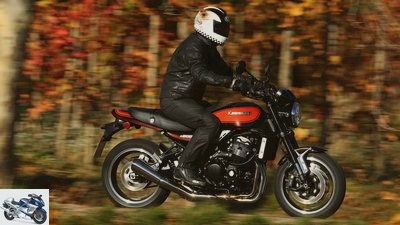
Kawasaki
5/35
Kawasaki Z 900 RS.

Kawasaki
6/35
Kawasaki Z 900 RS.
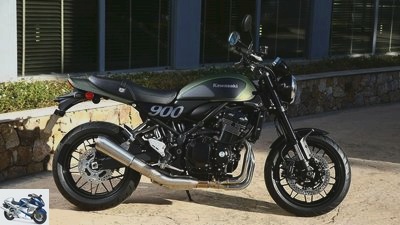
Kawasaki
7/35
Kawasaki Z 900 RS.
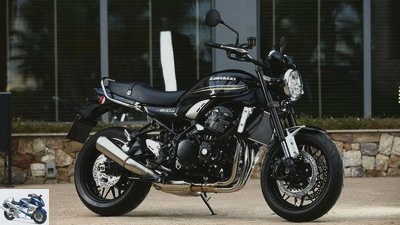
Kawasaki
8/35
Kawasaki Z 900 RS.
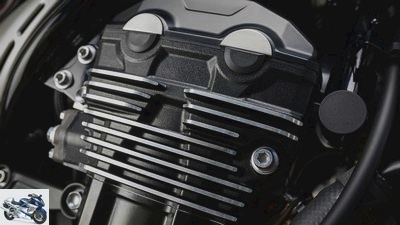
Kawasaki
9/35
Kawasaki Z 900 RS.
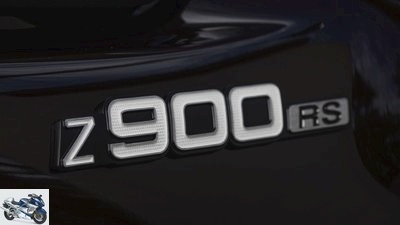
Kawasaki
10/35
Kawasaki Z 900 RS.
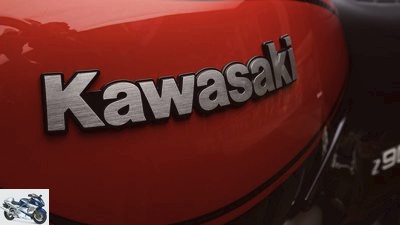
Kawasaki
11/35
Kawasaki Z 900 RS.
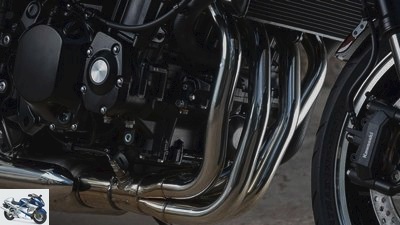
Kawasaki
12/35
Kawasaki Z 900 RS.
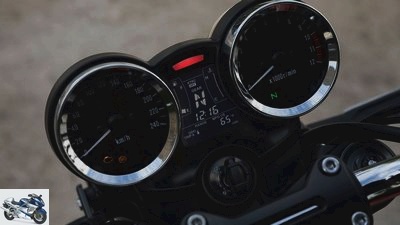
Kawasaki
13/35
Kawasaki Z 900 RS.
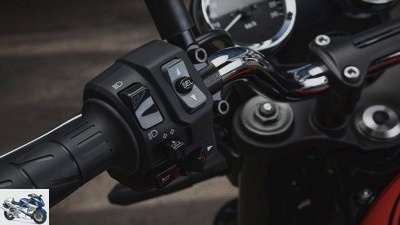
Kawasaki
14/35
Kawasaki Z 900 RS.
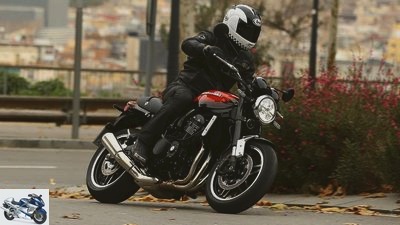
Kawasaki
15/35
Kawasaki Z 900 RS.
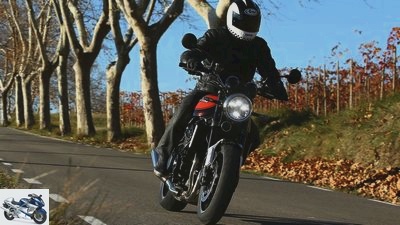
Kawasaki
16/35
Kawasaki Z 900 RS.
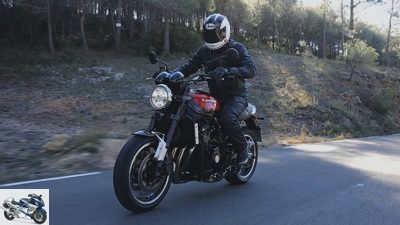
Kawasaki
17/35
Kawasaki Z 900 RS.
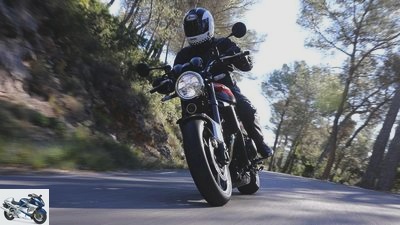
Kawasaki
18/35
Kawasaki Z 900 RS.
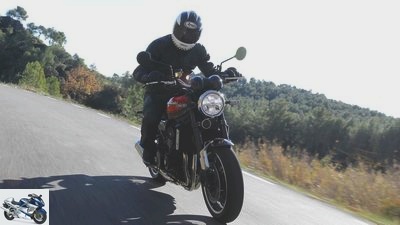
Kawasaki
19/35
Kawasaki Z 900 RS.
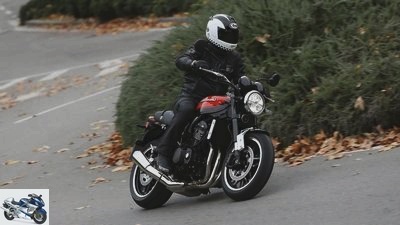
Kawasaki
20/35
Kawasaki Z 900 RS.
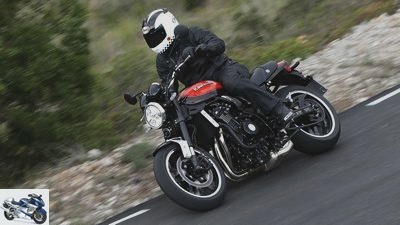
Kawasaki
21/35
Kawasaki Z 900 RS.
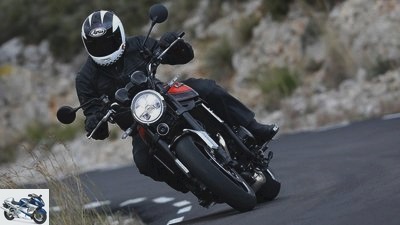
Kawasaki
22/35
Kawasaki Z 900 RS.

Kawasaki
23/35
Kawasaki Z 900 RS.

Kawasaki
24/35
Kawasaki Z 900 RS.
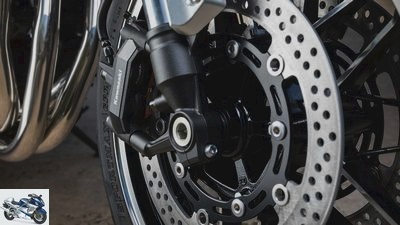
Kawasaki
25/35
Kawasaki Z 900 RS.
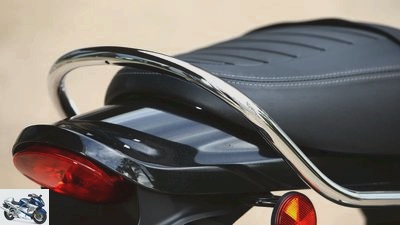
Kawasaki
26/35
Kawasaki Z 900 RS.
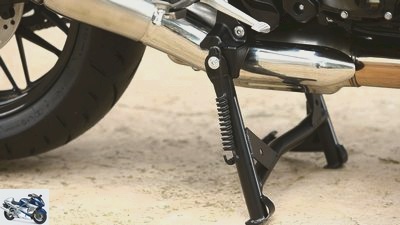
Kawasaki
27/35
Kawasaki Z 900 RS.
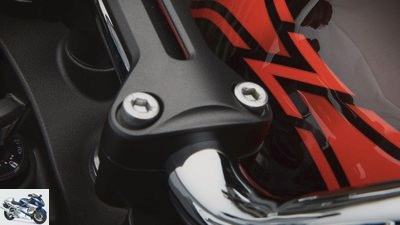
Kawasaki
28/35
Kawasaki Z 900 RS.
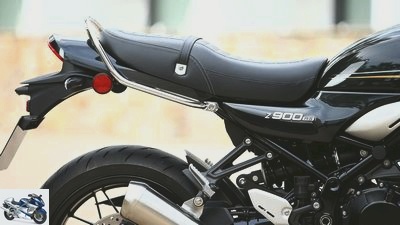
Kawasaki
29/35
Kawasaki Z 900 RS.
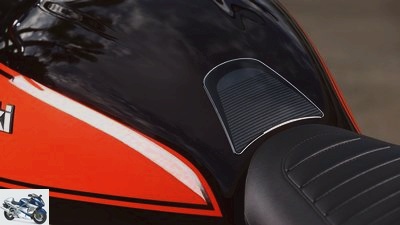
Kawasaki
30/35
Kawasaki Z 900 RS.
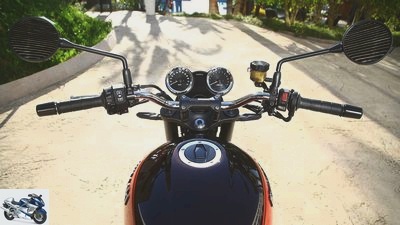
Kawasaki
31/35
Kawasaki Z 900 RS.
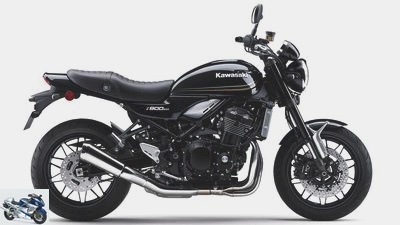
Kawasaki
32/35
Kawasaki Z 900 RS.

Kawasaki
33/35
Kawasaki Z 900 RS.
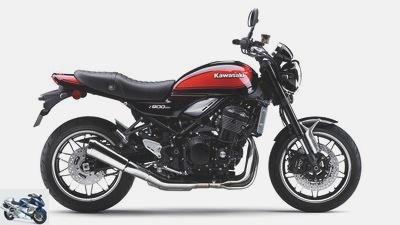
Kawasaki
34/35
Kawasaki Z 900 RS.
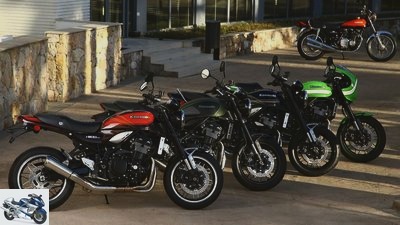
Kawasaki
35/35
Kawasaki Z 900 RS.
Kawasaki Z 900 RS in the driving report
First test with the retro bike
Anyone who sees the Kawasaki Z 900 RS as a retro classic, only built to look good, is doing it an injustice. Because she allows echoes of classic models mainly with the optics. The technology is state-of-the-art, which is how it distinguishes itself as an active naked bike.
Should we call it retro style or simply harmonious design? The question arises when looking at the Kawasaki Z 900 RS. The link to the almost 50-year-old model 900 Z1 can be called conservative or even backward, but it meets the aesthetic perception of many motorcyclists more precisely than the reference to the dark side of Japan or the world of modern Japanese cities. Regardless of its Japanese origins, the Z 900 RS satisfies a need for motorcycles whose shapes and proportions come from a European tradition.
Buy complete article
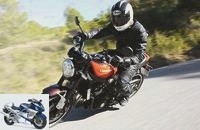
Kawasaki Z 900 RS in the driving report
First test with the retro bike
Chief designer, ardent fan of the 900 Z1 from 1971
Norikazu Matsumura, chief designer of the Kawasaki Z 900 RS and ardent fan of the 900 Z1 from 1971, has a keen sense for this design tradition. With plenty of words, accompanied by sweeping gestures, he explains which lines he has modeled. Even the angle of the spoiler lip on the tail rump, the pointers of the round instruments and their position, even the small humps at the base of the Z 900 logo are designed based on the Z1. The fact that Matsumura-San gives his lecture in Japanese doesn’t detract from understanding – the man is simply inspired by his latest creation and explains a lot without words.
Video of the driving report of the Kawasaki Z 900 RS:
First gear translated shorter
The engineers worked on the technology of the Kawasaki Z 900 RS just as carefully as the designers did with the design, albeit with a different objective: wherever there was a conflict between classic appearance and functionality, function was given priority. That is why the engine did not have a four-in-four exhaust system, the chassis had no stereo struts, no wire-spoke wheels and no conventional fork. Instead, the technicians have redesigned the 948 four-cylinder, the frame and the ergonomics of the Z 900 according to their idea of relaxed driving. Camshafts with smaller valve opening angles, less compression and more flywheel mass nominally cost the four-cylinder 14 hp peak power, but give it more torque in the lower and medium speed range and better running smoothness. The first gear has a shorter gear ratio, the sixth and the secondary gear ratio are longer, so that longer distances can be driven with less speed. The engine builders proudly present the first “tuned” exhaust system in Kawasaki’s history. This statement does not refer to the gas oscillations, but to the subtle, rough sound of the rear silencer.
Kawasaki
The newly tuned RS engine pulls through as strong as a bear.
Thanks to the higher triple clamp and higher handlebar ends that are two centimeters closer to the driver, a higher seat and lower footrests, the Kawasaki Z 900 RS offers a comfortable seating arrangement. With an upright upper body, but still with the necessary orientation to the front wheel, the driver enjoys the best overview and a knee angle that should not strain even vulnerable joints. These changes can already be felt after a few kilometers on the winding roads in the hinterland of the Spanish city of Sitges, even in a long-distance comparison with the standard Z 900. The newly tuned RS engine pulls through as strong as a bear; In the sprint from curve to curve, you involuntarily shift into a higher gear at around 7,000 rpm. If the next bend is a tight bend that requires switching back several times, this is very easy. In contrast to the Z 900, the RS spoils with an anti-hopping clutch, which not only prevents the rear wheel from punching when the clutch is hard, but can also be operated with comfortably little force on the lever. The gears sit after light pressure or pull on the gearshift lever, you just have to be careful not to end up in an intermediate idle by lightly, unintentional touching of the lever.
Trust in tires and chassis
During the test drives it was mostly sunny, but always cool to cold, but the Dunlop GPR 300 tires were surprisingly in a good mood. Even in shady, slightly damp passages, the front tire led safely through the bends, while the rear tire bravely braced itself against lateral forces when accelerating and ensured great propulsion. Sitting relaxed and feeling the lean angle and being catapulted out of the curve with a twist of the throttle was a lot of fun. With the confidence in the tires and chassis, the appeal of revving the engine of the Kawasaki Z 900 RS between the corners increased. It was revealed that he has lost temper in the upper speed range. The four-cylinder in the RS trim does not run the rush to the red area at 10,000 rpm with the same liveliness as in the Z 900 and in the load changes it accelerates harder.
Kawasaki
The pointers and their position exactly follow the model of the Z1, the digital part of the cockpit takes on the shape of the earlier light console.
In view of the low temperatures, the freedom from banking seems a bit tight. The footrest occasionally touched down in left turns; from there it is not far to the side stand holder. The Kawasaki Z 900 RS will touch down more often when the road is warmer in summer and has more grip, so caution is advised. It wasn’t because of the spring elements; they dampened tightly and on no occasion did you want to use the setting options. With its sensitive response, the fork gives the impression that it has also gained in mechanical smoothness compared to the Z 900.
Successful coordination of ABS
The new Nissin four-piston brake calipers, which – not at all classic, but extremely torsion-resistant – are bolted radially to the fork feet, decelerate quickly, but not excessively biting. Even when braking abruptly and sharply, the ABS prevents the rear wheel from climbing in most cases; the Kawasaki Z 900 RS occasionally lifts its hindquarters briefly when driving downhill. But before it swings out of lane, the electronics intervene. So the ABS tuning is neither too defensive nor too toxic. Unlike the Z 900, the RS doesn’t have any escapades with a stamping rear wheel. Certainly thanks to the anti-hopping clutch and a positive effect of the five kilograms extra weight, which – at least that’s how it feels – weighs heavily on the rear wheel.
Up to 2,900 euros more expensive than the Z 900
In the cheapest color variant black, the Kawasaki Z 900 RS costs 11,695 euros, 200 euros more are due for the olive green paint, which is primarily intended to appeal to younger customers. The brown-orange version shown here costs 11,995 euros. Compared to the Z 900, these are considerable surcharges of up to 2,900 euros. If you count the upscale equipment with adjustable fork, anti-hopping clutch and two-stage traction control, on the other hand, a good part of the additional price is justified. The visibly solid workmanship does the rest. A high-quality paintwork, covers and mudguard supports made of aluminum and details such as the laterally milled spokes of the cast wheels or the highly polished exhaust system are not available for free.
Technical data Kawasaki Z 900 RS
Kawasaki Z 900 RS
Engine:
Water-cooled four-cylinder, four-stroke in-line engine, a balance shaft, two overhead, chain-driven camshafts, four valves per cylinder, bucket tappets, wet sump lubrication, injection, 4 x Ø 36 mm, regulated catalytic converter, 520 W alternator, 12 V / 8 Ah battery, mechanically operated multiple discs -Oil bath clutch (anti-hopping), six-speed gearbox, O-ring chain, secondary ratio 42: 15.
Bore x stroke: 73.4 x 56.0 mm
Displacement: 948 cm³
Compression ratio: 10.8: 1
Rated output: 82.0 kW (112 hp) at 8,500 rpm
Max. Torque: 99 Nm at 6,500 rpm
Landing gear:
Steel tubular frame, upside-down fork, Ø 41 mm, adjustable spring base, rebound and compression damping, two-arm swing arm made of aluminum, central spring strut, lying, with lever system, adjustable spring base and rebound damping, double disc brake at the front, Ø 300 mm, four-piston fixed callipers, disc brake rear, Ø 250 mm, single-piston floating caliper, traction control, ABS.
Cast aluminum wheels: 3.50 x 17; 5.50 x 17
Tires: 120/70 ZR 17; 180/55 ZR 17
Mass and weight:
Wheelbase 1,470 mm, steering head angle n / a, caster 98 mm, spring travel v./h. 120/140 mm, seat height 835 mm, empty weight 215 kg, tank capacity 17.0 liters.
Guarantee: two years
Colors: black (11,695 euros), green (11,895 euros), brown / orange (11,995 euros)
Price: from 11,695 euros
Additional costs: 255 euros
Used Kawasaki Z900RS in Germany
1000PS marketplace app
The selection of used Kawasaki Z900RS is huge.
With its authentic look, the Kawasaki Z900RS was an instant hit with fans of retro bikes. You can tell the enthusiasm on the motorcycle market, because the availability of the Z900RS is very good and the prices are fair. An up-to-date overview of all used Kawasaki Z900RS can be found here: used Kawasaki Z900RS in Germany.
Related articles
-
Kawasaki Z 650 in the driving report
Kawasaki 9 pictures Kawasaki 1/9 picture gallery: Kawasaki Z 650 in the driving report. Kawasaki 2/9 The diet worked: Compared to the ER-6n, the Z 650 has …
-
Driving report Yamaha XVS 650 Drag Star
Driving report, Yamaha XVS 650 Drag Star Yamaha XVS 650 Drag Star After the fat Royal Star, the little Drag Star appears in the chopper firmament. A XV …
-
Driving report Kawasaki ZZ-R 1200
Driving report Kawasaki ZZ-R 1200 Stroke twelve For twelve years now, the ZZ-R 1100 power bike with its consistent aerodynamics and Ram Air has not only…
-
Kawasaki 23 photos Kawasaki 1/23 170 kilograms and 39 hp – winding roads are really fun. Kawasaki 2/23 Smart rim rings (15 euros per wheel), fixed…
-
Artistic driving report Moto Guzzi (2009) The new 1200 Sport 4V is called where the eagle lives. No less than eleven kings of the skies have seen the latest creation from …
-
Driving report: Suzuki GSX-R 600
Suzuki 13 pictures Suzuki 1/13 Both compression and rebound are adjustable at the top of the fork leg. Suzuki 2/13 When it comes to brakes, Suzuki trusts …
-
Suzuki GSX-R 1000 R in the driving report
Suzuki 27 pictures Suzuki 1/27 Suzuki GSX-R 1000 R. Suzuki 2/27 Suzuki GSX-R 1000 R. Suzuki 3/27 Suzuki GSX-R 1000 R Suzuki 4/27 Suzuki GSX-R 1000 R ….
-
Aprilia Dorsoduro 900 in the driving report
Aprilia 20 pictures Aprilia 1/20 Aprilia Dorsoduro 900th Aprilia 2/20 Aprilia Dorsoduro 900th Aprilia 3/20 Aprilia Dorsoduro 900th Aprilia 4/20 Aprilia …
-
Kawasaki Z 1000 SX in the PS driving report
Kawasaki 35 pictures Kawasaki 1/35 Three years after the launch of the Z 1000 SX, Kawasaki gave the popular sports tourer a makeover. Kawasaki …
-
Kawasaki Z 1000 SX in the driving report
Photo: Kawasaki 11 photos Kawasaki 1/11 Part of the new front fairing are the LED headlights. They should shine brighter and wider at the same time …